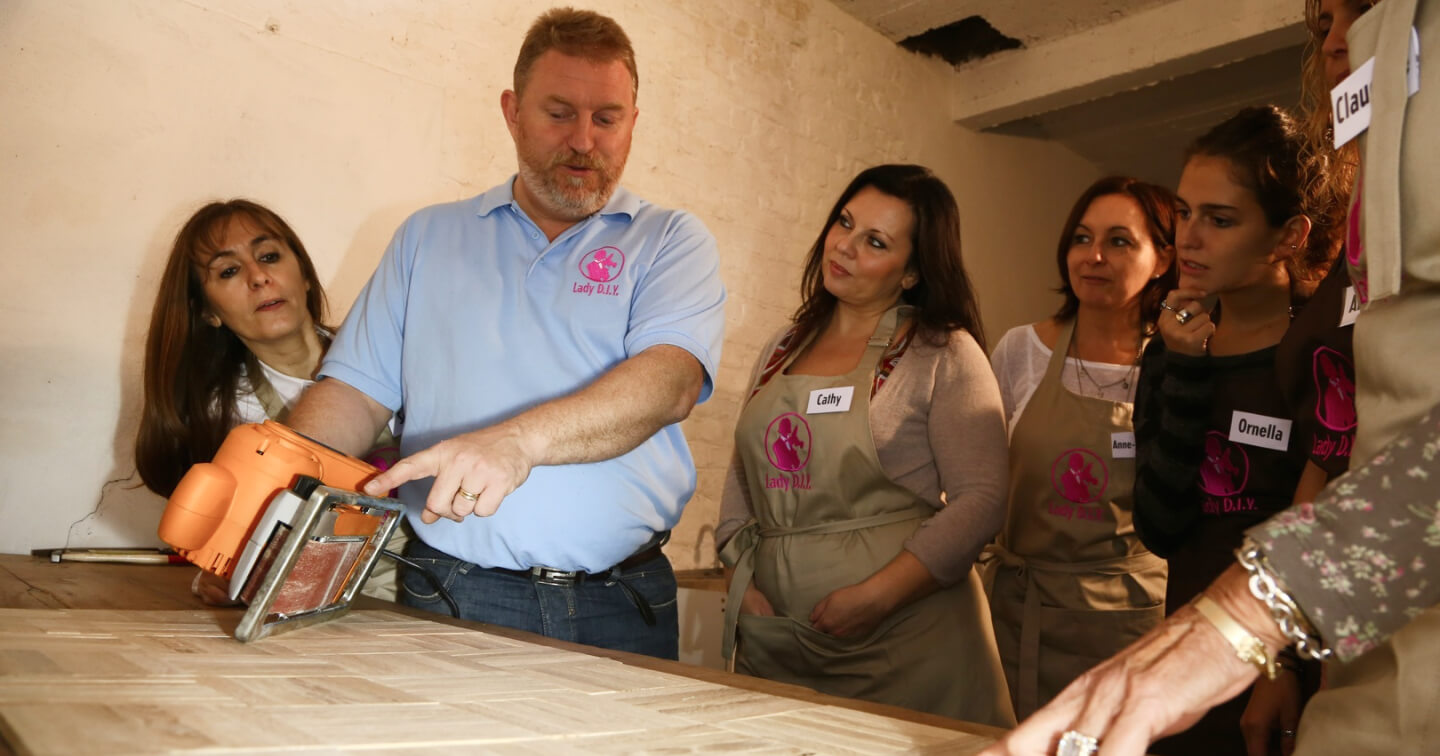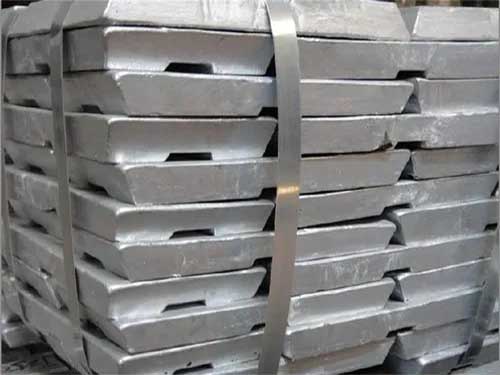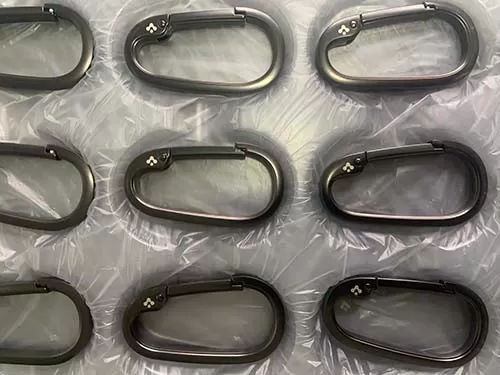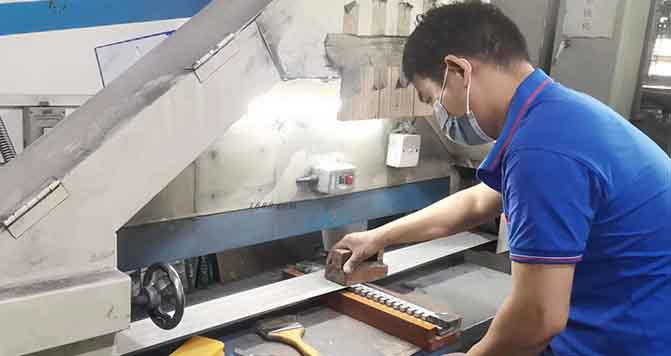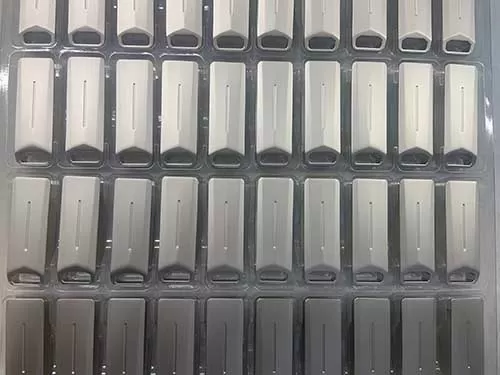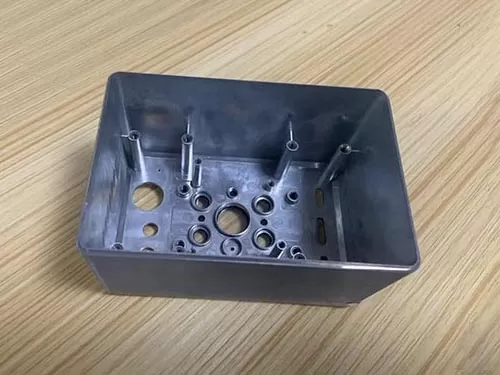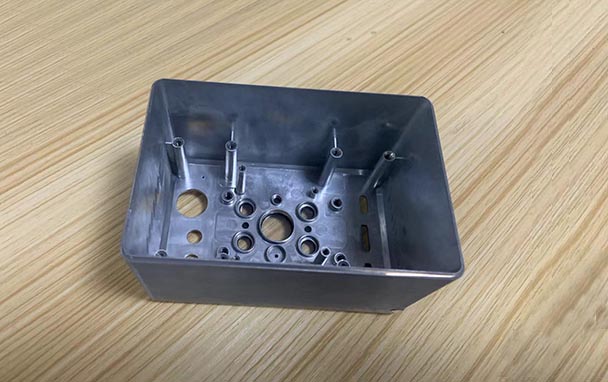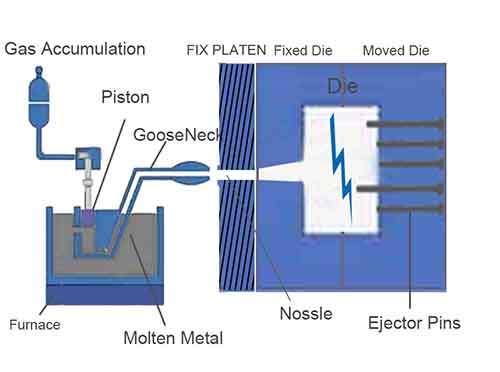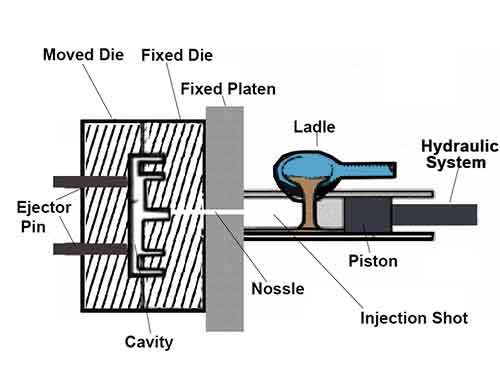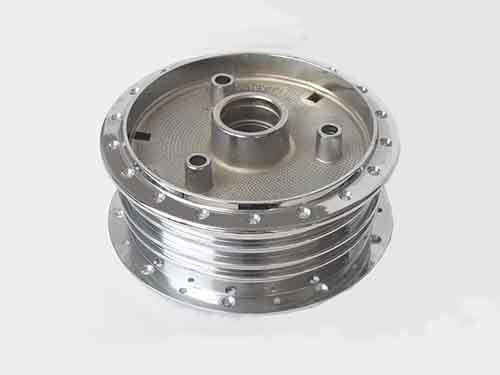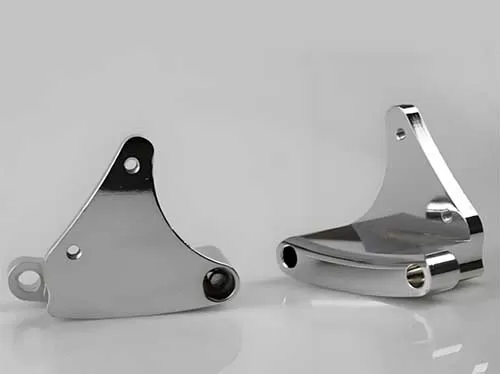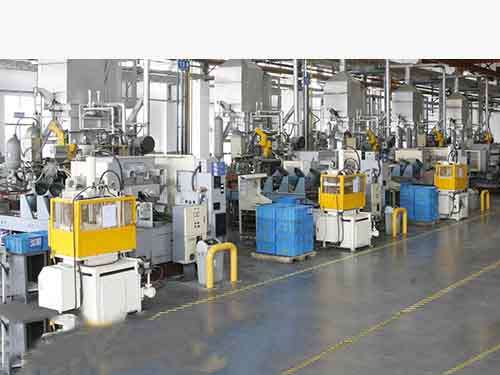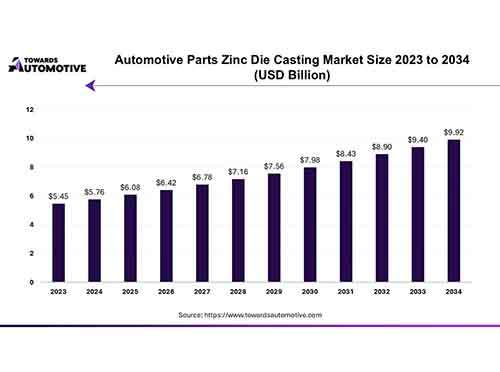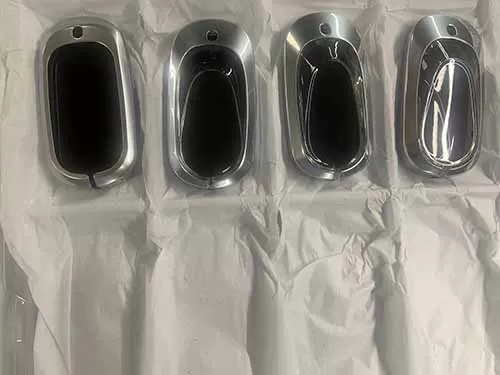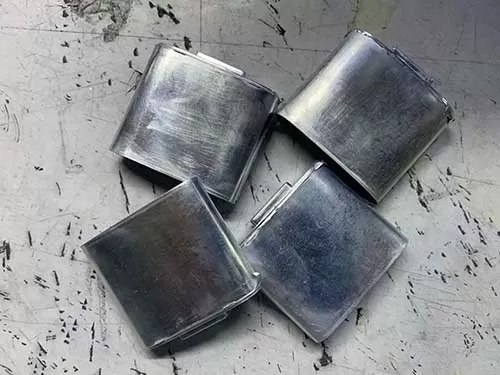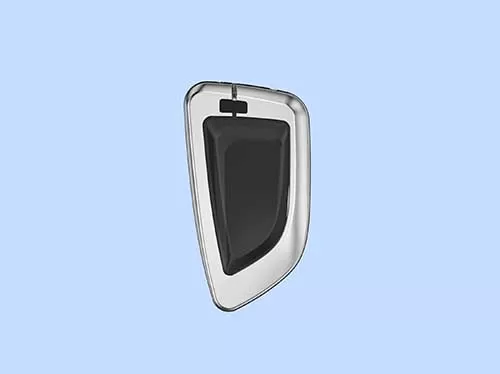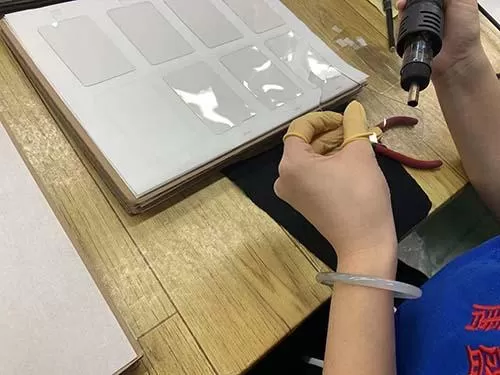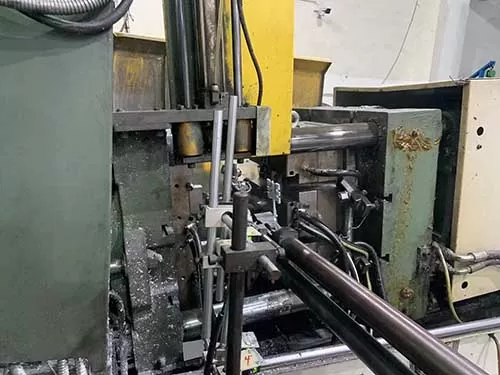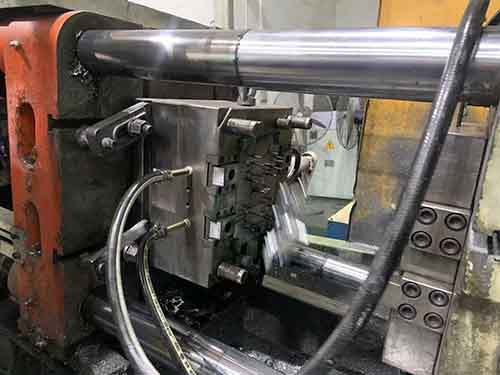Aluminum alloys are very lightweight cast material, and ease to cast and having free intricate geometies. They maintain precision dimensions , strong strength and good mechanical structure stability. So aluminum die casting parts can be used well in some advanced industries. Such as aerospace and aircraft, militery defence and automotive Counterweight components. But die casting factory found that the aluminum alloy were multi-porosity alloy metal, which generates much hydrogen when they are molten by high temperature. This leads to much pin porosity on the surface of cast part after the cast part cools and solidifies. And want to reduce porosity stats on aluminum die casting parts, our well-experienced technician should take some meatures to extrude these gas inside the molten aluminum alloy completely, even more vaccumm die casting. Today, we will explore some Good Solutions For Reducing Porosity Stats on aluminum die casting parts in further.
Some Improved Solutions For Reducing Porosity Stats On Aluminum Cast Parts
Optimize Casting Process
Melting ahead and Overflow The Gas Within The Melton Alloy: Melting aluminum alloy ahead and overflow the hydrogen generates when melting aluminum alloy, and keep the steady temperature molten aluminum alloy in furnace and eusure also the purited aluminum alloy.
Adjust Inection Pressure: Get Injection pressure (500–1,500 bar) based on part geometry. And complete gain a fine surface and extrude trapped gas and reduces porosity.
Optimize Mold Design & Maintenance
Design appropriate venting channels: Design approperiate venting channel, and react the trapped gas inside molten aluminum alloy by using high temperature nitrogen, generate ammonia and discharge, reducing prosity of cast part.
Improvement of Cooling Channels: The cast part may produces deformation due to the big shrankage under ununiform cooling on the surface of it, improving cooling channels makes the cast part cooled uniformly.
Regular The Toolings Maintenance: After some time for die casting machine and dies, we should have a breakdown, keep a regular maintenance. We check the wearness and misalignment of the die and the prameters of die casting machine, ensure trapped gas inside molten metal discharge and finish an accummn casting process.
Control Melting & Metal Quality
Select High Quality Aluminum Alloys: Depends on the applications and functions of the cast part, select high quality aluminum alloy. It avoids worse part structure from Zn, Fe impurity.
Degassing Method: Inser high pressure Nitrogen to remove hydrogen inside the molten aluminum alloy, and reducing porosity.
Temperature Control: Depends on well-experience die casting, maitain the range from 650 to750°C. This prevents the risk of different temperature molten alloy inected into the die.
Process Monitoring & Automation
Install Real-Time Sensor: Install some real-time sensor on the key operation positions. Collects the key data, and as a powerful accessment.
The Advanced Inspection Equipment: X-Ray/CT Scanning is introduced, inspect internal defects in critical parts.
Computerious Contol System Operation: Automatic produuction streamline, ensure high quality and large scale production.
Additional Plating Zin to Cover Pin Porosity On The Cast Parts
Zin Metal is regarded as most adhesive metal material for metal substance. It is easy to coat on the surface of metal part, and produces a smooth fine surface. Meanwhile, The plating zin thin layer is also bond of other electroplating materials and enhance the durability of metal part and aesthetisc appeal functions. As the special media activate substance, helps more different metal part to treat various die casting part surface finishes and aim to increase their corrosion resistance and wear resistance.
Case Study: Reducing Porosity On Aluminum Die Casting Transmission Housings
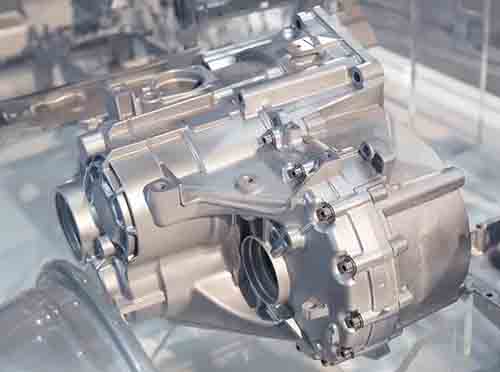
Improving Real Aluminum Die Casting Transmission Housing
This is real case study for reducing porosity in aluminum die casting parts. Because porosity defect can impace part mechanical properties, leakage and poor surface finish, so we should have solutions for reducing porosity stats, and ensure the cast part integrated structure and fine surface. By improvement of porosity in alumiunm transmission housings, we show our strong troubleshooting ability for resolving high porosity rate in aluminum casting parts in die casting process step by step.
This is real case study for reducing porosity in aluminum die casting parts. Because porosity defect can impace part mechanical properties, leakage and poor surface finish, so we should have solutions for reducing porosity stats, and ensure the cast part integrated structure and fine surface. By improvement of porosity in alumiunm transmission housings, we show our strong troubleshooting ability for resolving high porosity rate in aluminum casting parts in die casting process step by step.
Facing The Porosity Problem, Detect The Defective Part, Start Problem Analysis
- The Decfective Part Status: Aluminum die-cast automotive components, Automotive Transmission Housings have a high porosity levels (initially 8-12%) detected via X-ray inspection, leading to part rejection and high production cost.
- Root Causes for Factors: Gas Porosity, air entrapment and impurities inside the molten aluminum alloy or poor venting in the die, lead to high porosity rate in mass production. Shrankage porosity, inadequate cooling method, makes the aluminum part uneven cool, and causes partical shrankage in different part of a cast part,maybe generate porosity.
- Process Parameters: Incorrect injection speed and pressure, lead to the common defective issue.
- Unappropriate Melting Temperature: Different molten aluminum temperature is mixed together, cause a gap cooling for cast part when it is solidified, and easy to produce porosity stats.
Making Solutions and Implement them
- Die Design & Venting Improvements:
- Process Optimization
- Cooling System Enhancement
- Material & Quality Control
Access Results & Improvements
| Parameter | Before Improvement | After Improvement |
|---|---|---|
| Porosity Level | 8-12% | 2-4% |
| Scrap Rate | 15% | 5% |
| Mechanical Strength | 220 MPa | 250 MPa |
| Leakage Failures | 10% | <2% |
Improvement Of Process Technique
- Implement real-time porosity monitoring, we can find the problem in time in frequent mass production, and have timely adjustment, and reduce porosity rates and improve largely the quality of the cast parts.
- Explore advanced simulation software, these advanced simulation software helps us to design high perfermance high steel casting die, and detect some predictable porosity issues and resolve it ahead.
- Experiment with semi-solid casting for high-integrity components, this method reduces porosity, improves mechanical properties, and enhances dimensional stability compared to traditional die casting.


